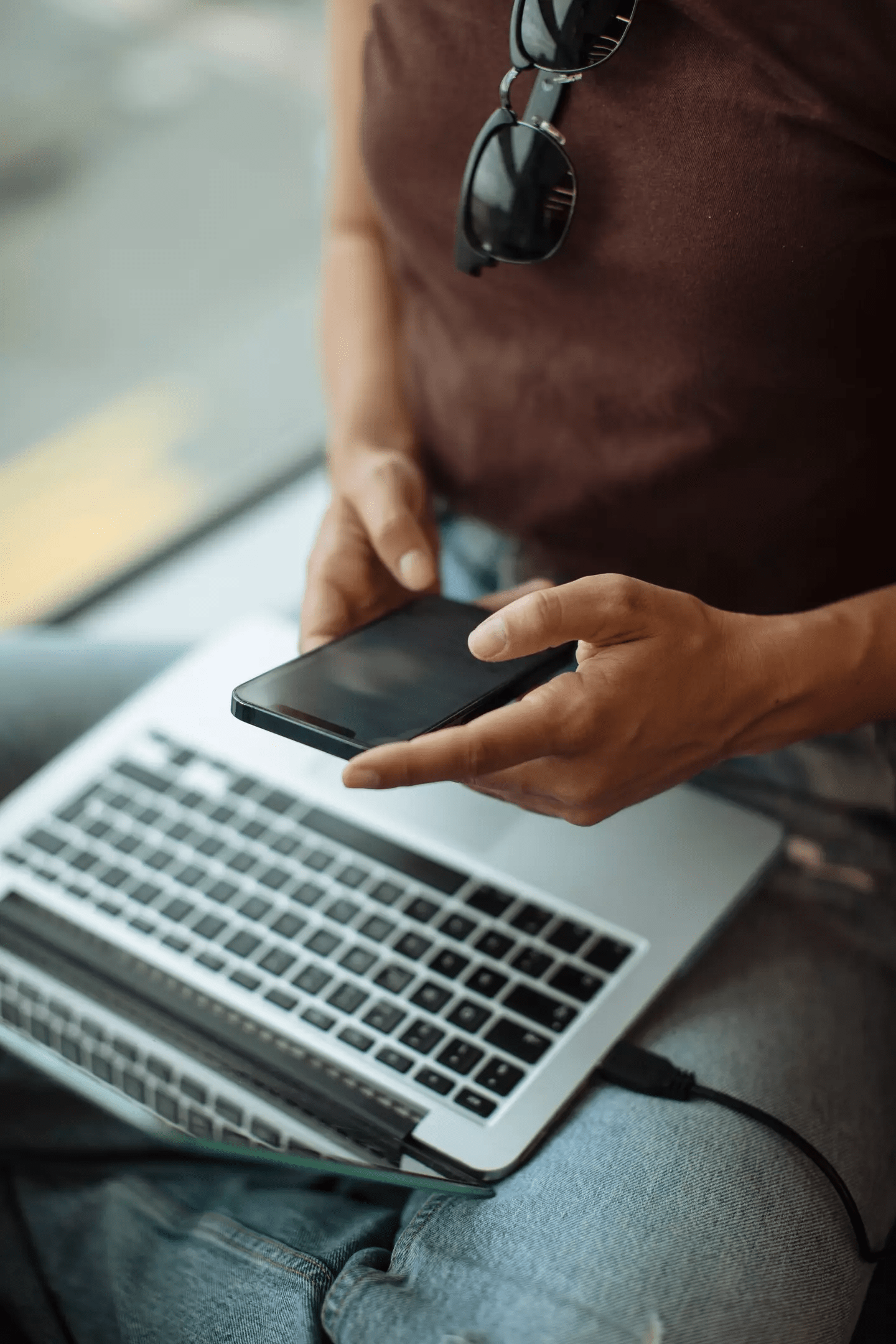Since she didn’t own an iPhone, Martha from Baby Reindeer would never stop including “Sent from my iPhone” in her emails, which became a defining characteristic of her character with audiences. However, research suggests that this signature, albeit unnecessary in the eyes of many, can slightly affect the recipient’s perception of the sender.

Chad Stefaniak and Caleb Carr’s 2012 study provided fascinating findings about email signatures and perception. When participants were sent emails with errors, they were more understanding of those that included the “Sent from my iPhone” signature. This laxity starkly contrasts how they interpret mistakes in emails that they believe were received from desktop computers.
According to the research, recipients know the difficulties of writing emails on smartphones, like autocorrect and typos. As a result, when people attribute the message to the use of mobile devices, they are more likely to ignore little errors.

Stefaniak emphasizes that personal experience can overshademphasizesical errors, potentially masking the sender’s true credibility. Therefore, including “Sent from my iPhone” can afford the sender a degree of leniency, mitigating the impact of errors and preserving their professional image.
Professional email writer Rob Ashton emphasises the importance of unconscious cues inemphasizestion. He emphasises the significance of paying attention to effective communication by arguing that these minute cues significantly influence how communications are understood.

Even though the “Sent from my iPhone” signature can be insignificant, it can affect how receivers interpret emails. By understanding the limitations of mobile communication, senders can improve their professional image and lessen the impact of grammatical errors, ultimately creating more effective communication.


